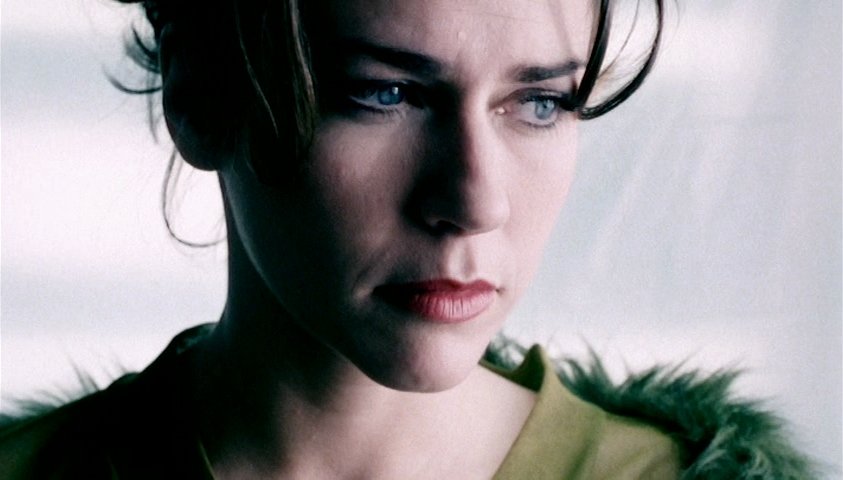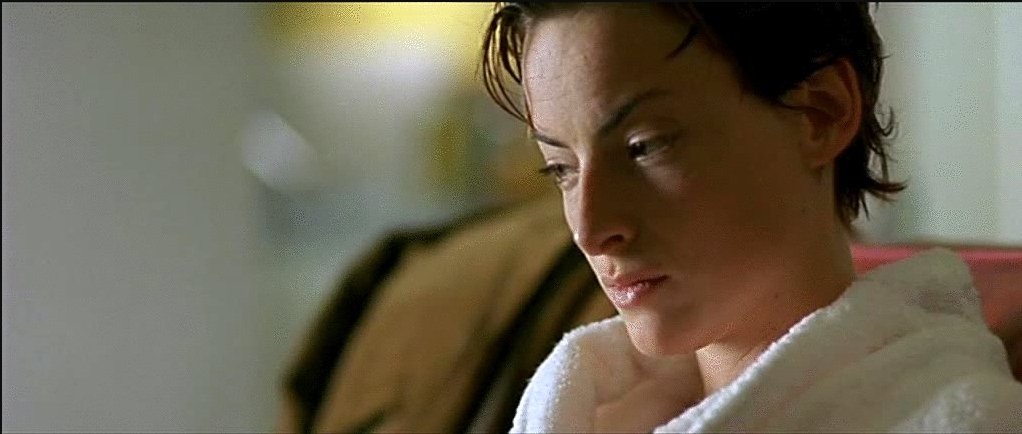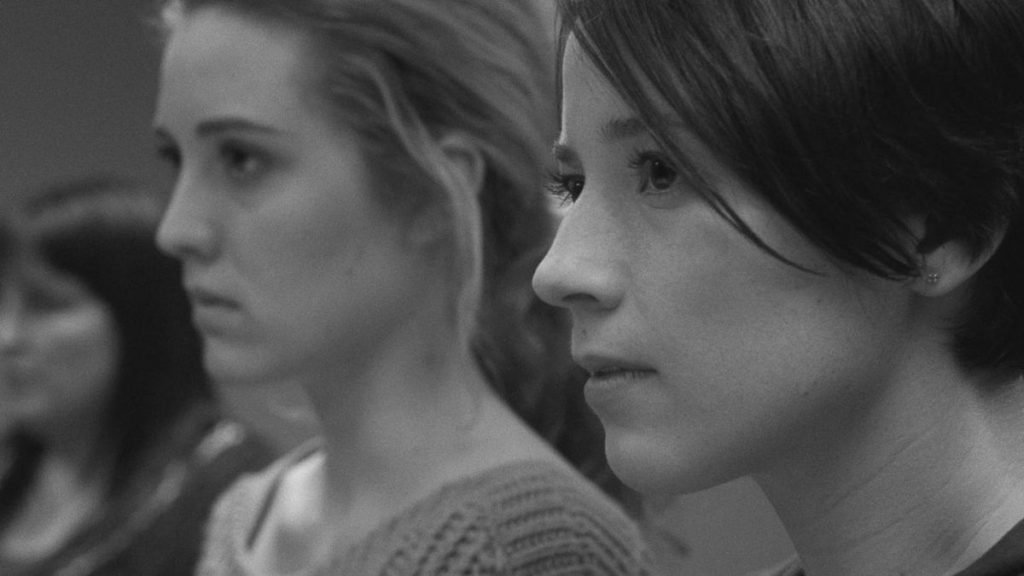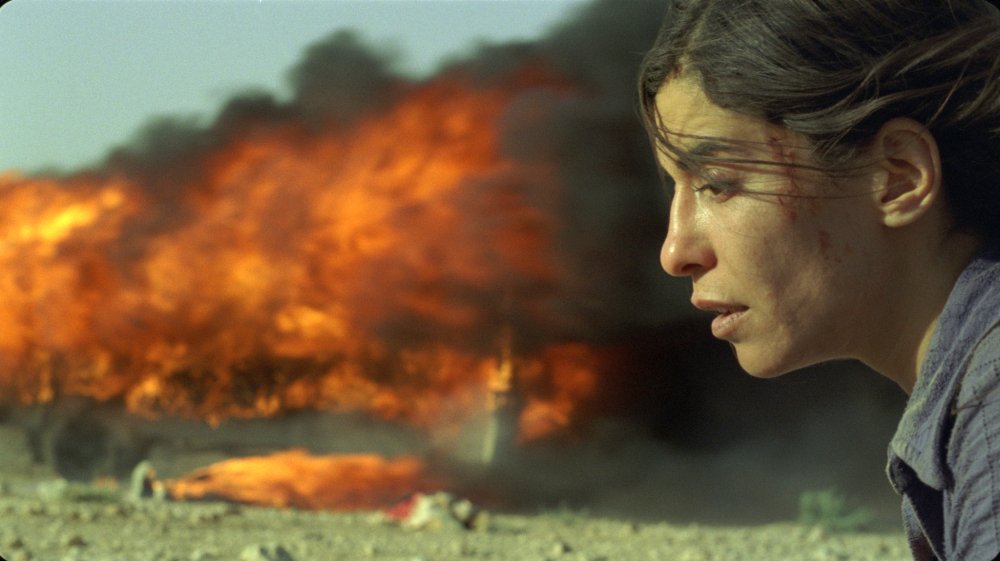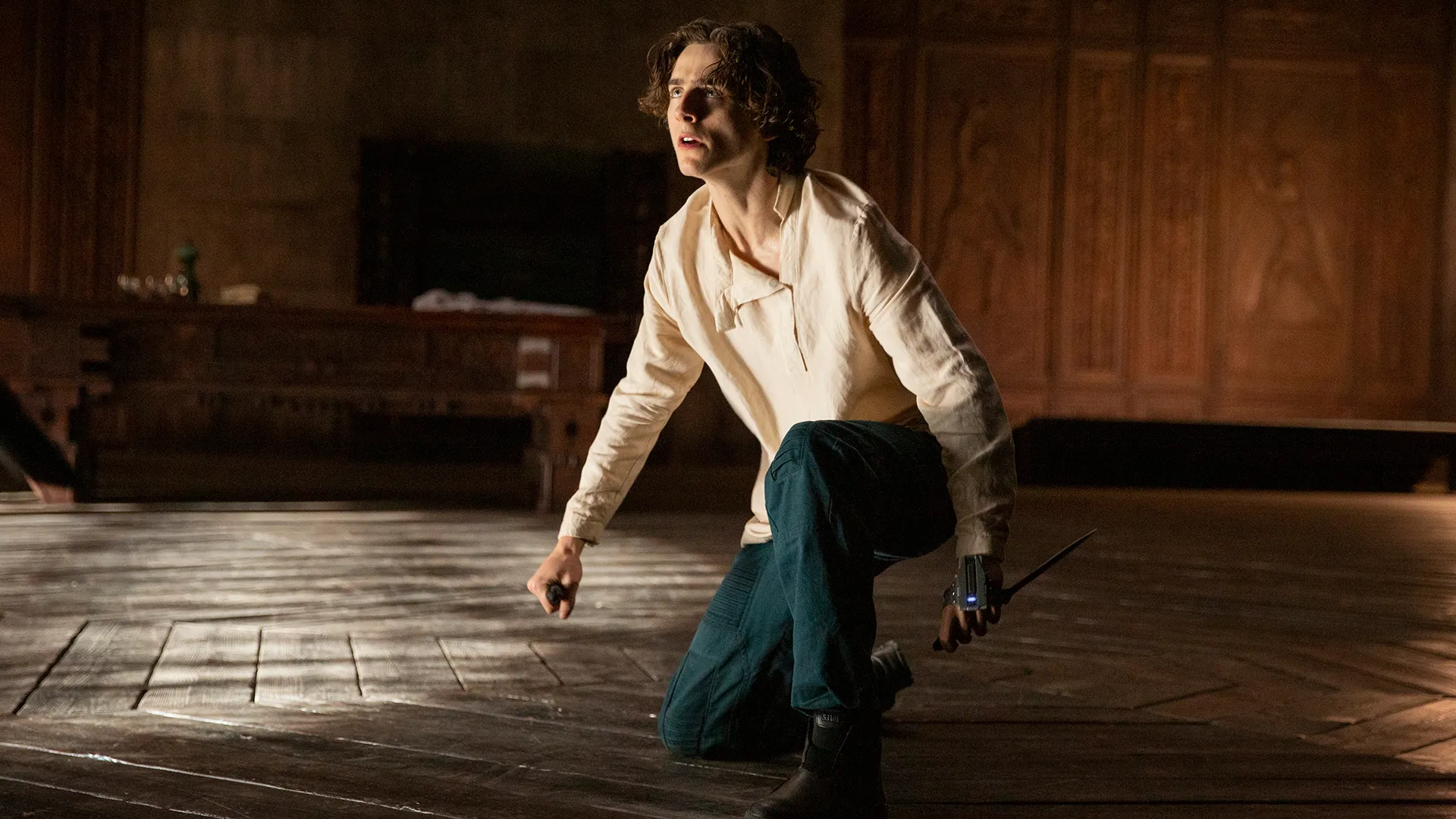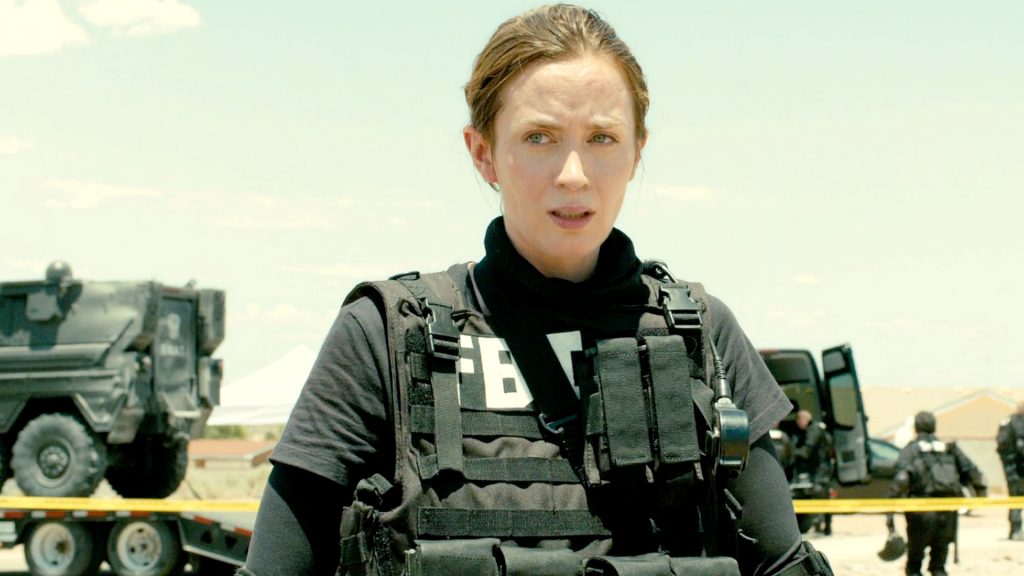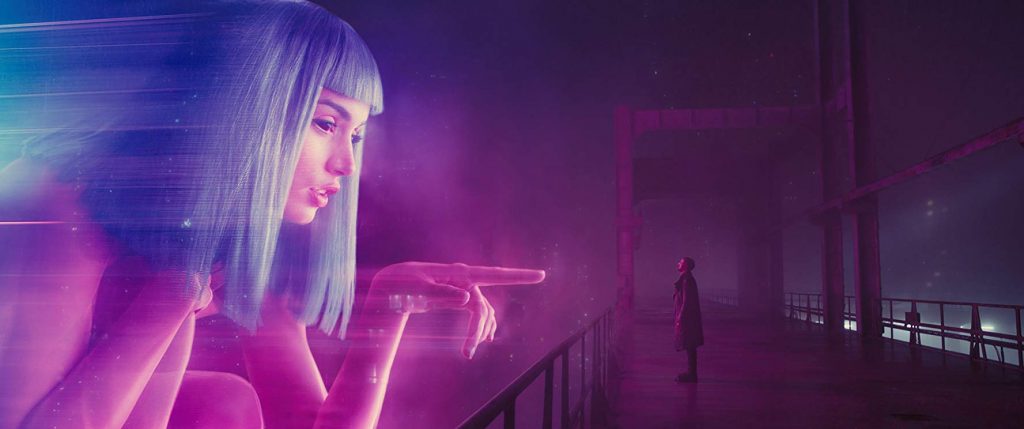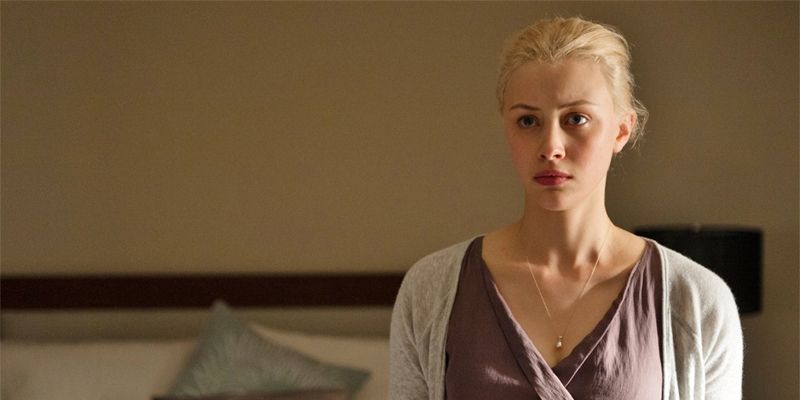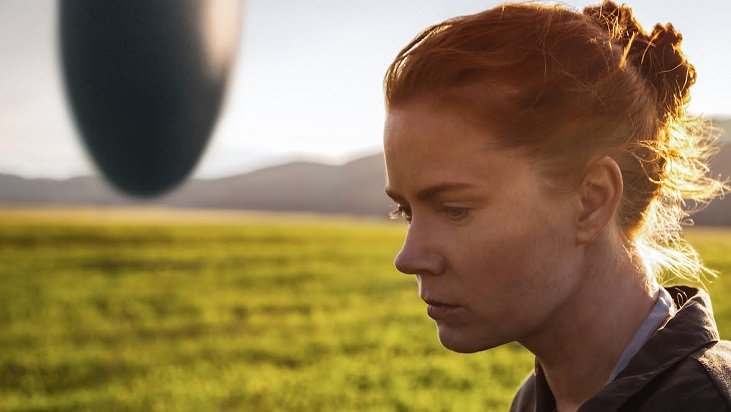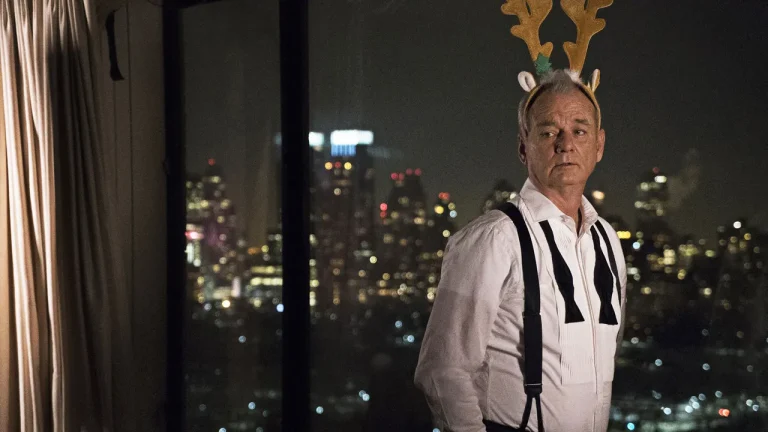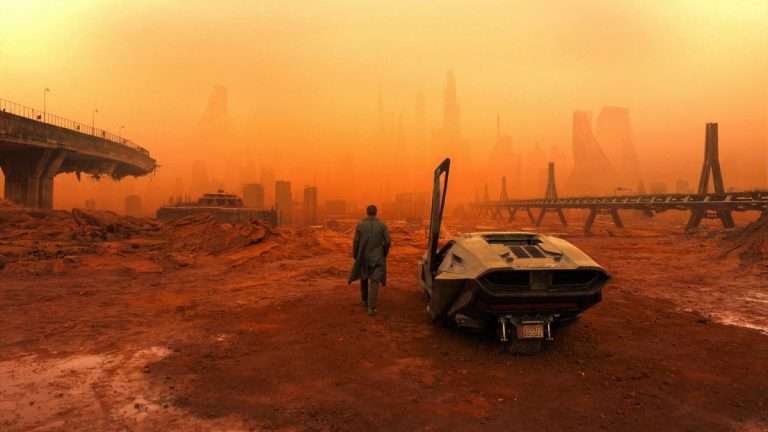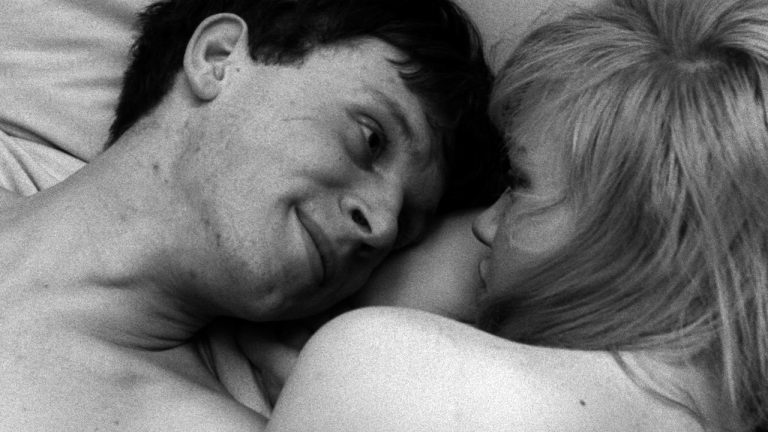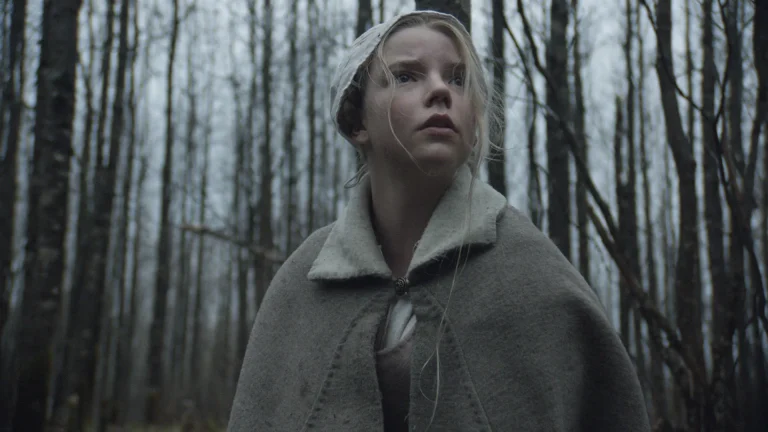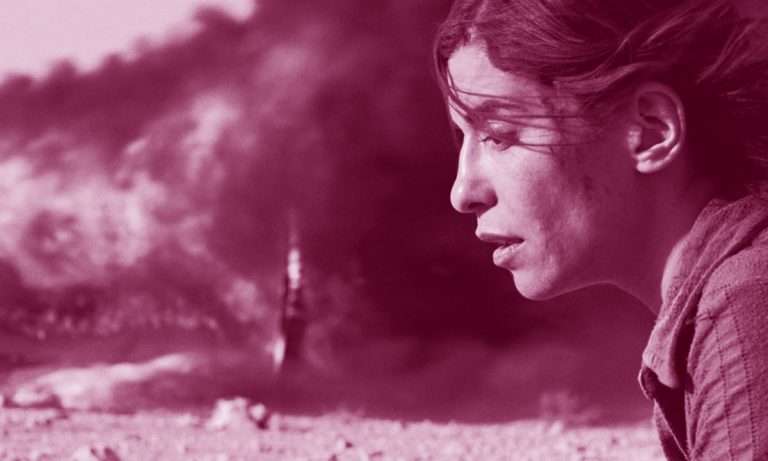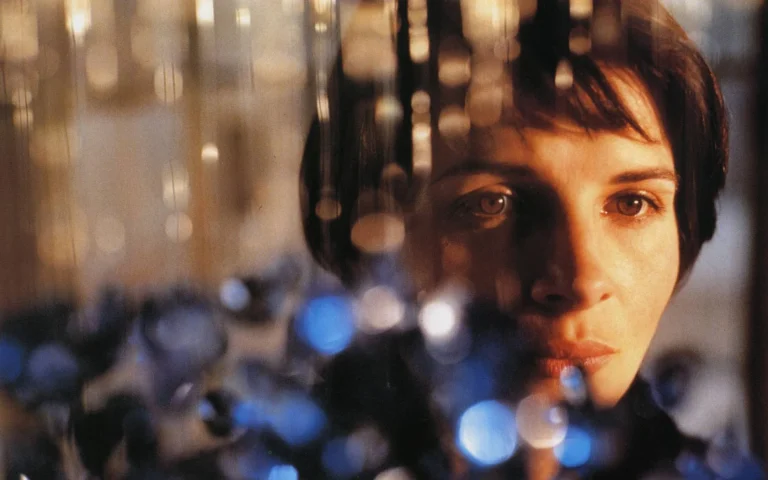In just over ten years, Denis Villeneuve has established himself as one of the most distinctive and compelling filmmakers working today. The French-Canadian director made his debut with August 32nd on Earth in 1998, but audiences only began to take notice with the release of the war drama Incendies (2010), which was nominated for the Academy Award for Best Foreign-language Film in 2011. This was followed by a remarkable and prolific stream of films, including Arrival (2016) and Blade Runner 2049 (2017) – two movies that were highly lauded by critics and science fiction fans alike (two groups that don’t always see eye to eye).
The only other director he may be comparable to in his securing of credibility among genre specialists alongside wider critical acclaim is Christopher Nolan. But aside from their penchant for gloomy, serious-minded thrillers and one-word film titles, the two are very different. Nolan epitomizes the busy, plot-driven sensibility found in so many blockbusters today, films shot and paced with a breathless urgency and with occasional disinterest in mise-en-scène. Villeneuve’s cinema feels positively classical in its patient, painterly approach. His work recalls the noir-infused, psychological uncertainty of David Fincher’s narratives combined with the fatalistic architectural universes as devised by Stanley Kubrick.
As Villeneuve is just as interested in character interiority as he is in palpable locations, he may prove to be a fitting helmsman for the feature film adaptation of Frank Herbert’s Dune. Since Warner Bros has delayed its release until October next year, we will take another look at Villeneuve’s filmography and rank them from the weakest to the best.
11. Maelström (2000)
Maelström is like a mash-up of two radically dissimilar films. It is primarily a drama about Babiane (Marie-Josee Croze), a young woman “on a long voyage toward reality.” Like other Villeneuve protagonists, she is introduced to us as a passive individual who feels stifled by life. She has recently undergone an abortion, her family business is financially struggling, and she is unable to find solace in her regular substance abuse. Her life worsens when she accidentally hits a fishmonger with her car, and she flees the scene. The other side of Maelström is a comedic one, where the events are narrated by…a talking fish.
Villeneuve’s attempts at tackling both comedy and drama in this French-language Canadian film are not entirely successful. The surrealistic fish scenes are reminiscent of an early Jean-Pierre Jeunet film (complete with hellish lighting and the macabre sight of a fishmonger chopping up the fish with a large cleaver), but their purpose is unclear, and they are dropped almost entirely in Maelström’s second half. Babiane’s dirge-like story is often disrupted by questionable soundtrack choices – including ‘Good Morning Starshine’ as sung by the cast from Hair (1969) and Tom Waits’ ‘The Ocean Doesn’t Want Me Today’ – which undercuts their dramatic potency. It was a peculiar and not forgettable early effort for sure, but sadly, not an entirely successful one.
10. August 32nd on Earth (1998)
Denis Villeneuve’s feature film debut is an appealing but slightly awkward curiosity. It opens with a young woman, Simone (Pascale Bussières), climbing out of the wreckage of a crashed car, which suggests this might be about the psychological impact of a near-death experience. But August 32nd on Earth then goes in an unexpected direction when Simon asks her best friend Philippe (Alexis Martin) to conceive a child with her. He agrees, but only if they get together in a desert. And so begins what can be described as a road movie with little mobility and a romantic comedy without a consummation.
Villeneuve’s pictures tend to be influenced by American cinema, but his Canadian debut is his most French film, and not just because of the language. From the rapid editing to the camera’s whip pans and Simone’s gamine hairstyle, this looks like the work of a nouvelle vague devotee. There’s even a poster of Jean Seberg from Breathless (1959) in Philippe’s apartment, and the two leads’ verbose chattering about love and relationships has a French sensibility that’s miles away from the near-wordless, Kubrickian tone emitted from Villeneuve’s later work. In the end, it’s too slight to be considered one of the director’s best, but its playfulness is charming.
9. Polytechnique (2009)
There are shades of Gus Van Sant’s Elephant (2003) in Polytechnique. Like Van Sant’s interpretation of the Columbine massacre, Villeneuve depicts an atrocity with a glacial touch and an elliptical narrative that unfolds in a near-dreamlike quality. The events of the 1989 École Polytechnique massacre – in which a young gunman named Marc Lépine murdered 14 female students before killing himself – are pieced together through the viewpoints of three students, including the killer, and they are observed with a clinical detachment and an almost total avoidance of exposition.
Polytechnique has a shaky camera and quick editing to achieve the look of recovered documentary footage, though the tonal and stylistic austerity (colorless cinematography, diegetic music, drab locations) indicates Villeneuve is less concerned with detailed backstories than with showing the lives of a killer, a witness and a survivor with clear-eyed directness and verisimilitude. But although the gunman (Maxim Gaudette) is unnamed and under-developed as a character, it’s made explicit he is driven by deep-seated misogyny. Today, when cases of gender-based violence keep rising, and they are still framed by the media as the work of unstable loners or violent video game aficionados, Polytechnique’s refusal to speculate on their motives beyond the observable facts feels as relevant now as it was a decade ago.
Read more about Denis Villeneuve Polytechnique [2009]: A Ponderous glimpse into the layers of misogyny
8. Incendies (2010)
Nothing could have prepared Jeanne (Mélissa Désormeaux-Poulin) and Simon Marwan (Maxim Gaudette) for the unusual request in their mother’s will. The Québécois twins must travel to the Middle East to deliver two envelopes – one for their father, who they believed was dead, and one for their brother, who they didn’t know existed. It only gets more dizzying for the audience, who is shown their mother Narwal (Lubna Azabal) in her war-torn homeland in flashbacks, all in parallel with Jeanne’s trip to the same unnamed country in the present day. The interweaving of intimate family drama with scenes fit for a geopolitical war thriller is surprisingly cohesive, and it’s sustained through to the end when the two intertwined narratives reach one harrowing conclusion.
Stylistically, Incendies doesn’t always resemble a Villeneuve film, and it could be considered a transitional work: some scenes feel perfunctory, but others have flashes of brilliance to come. There is one such scene where Nawal assassinates a prominent Christian leader. Instead of filming it as an action sequence, Villeneuve uses a (now trademark) long, serpentine take to follow Nawal as she leaves her room, goes down some winding stairs, passes through a kitchen, takes a gun out of her bag, and, finally, shoots her target, but his death is off-screen. Such careful pacing, taut visual control, and refusal to depict violence as anything more than quick bursts of startlement typify the approach Villeneuve would adopt for the rest of his career.
Read more about Denis Villeneuve: Incendies [2010]: The horrors of revelations
7. Dune
Dune, Frank Herbert’s epic novel of interstellar imperialism, has been near-impossible to adapt for the screen: Alejandro Jodorowsky planned to make a 14-hour feature starring Salvador Dalí and scored by Pink Floyd, but the project never materialized, while David Lynch’s 1984 adaptation is a narratively convoluted but visually splendid film maudit. There are only so many ways you can visualize the story of Paul Atreides (Timothée Chalamet), his evolution into the messianic Kwisatz Hederach, and his usurping control of the desert planet Arrakis from the evil Harkonnens before all the sci-fi terminology loses the audience.
Villeneuve succeeds in managing the source material’s excesses, and not just because it’s being spread over two films (Dune: Part Two is released in November 2023). Each plot development unfurls without the use of the interior monologues that were deftly woven throughout Herbert’s novel and were turned into a stylistic over-reliance in Lynch’s adaptation. Character development now comes in the form of murky, internalized, and psychologically suggestive body language rather than Baroque stylizations (there’s nothing like the big close-up of Dean Stockwell’s mustached lips stressing “The tooth! The tooth!” here). Above all, it’s a bracing visual experience, its most rousing scenes are dialogue-free and involve spaceships launching into the sky during a thunderous Hans Zimmer score. Dune may be too incomplete to feel as satisfying as Villeneuve’s other science fiction epics, but as Chani (Zendaya) reminds us before the credits roll, “This is only the beginning.”
6. Dune: Part Two (2024)
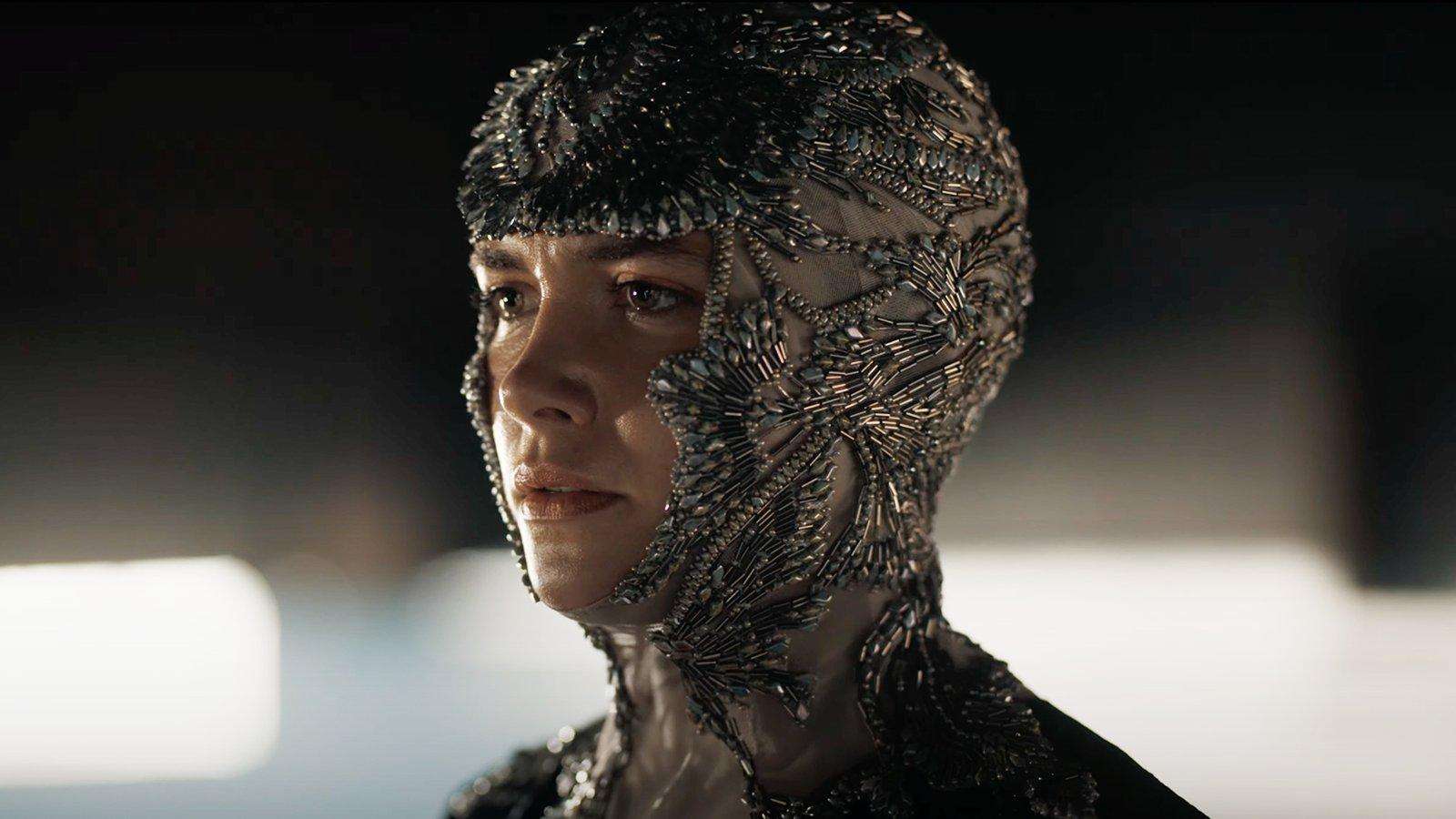
A big difference between this and the previous adaptation of Frank Herbert’s 1965 novel is that David Lynch embraced the source’s psychedelic influences, which aligned with his penchant for oneiric imagery; Villeneuve is more of a stubborn materialist who explores the science fictional worlds in all their tactility and demystifies some of their strangeness. For Lynch, the sequence where Paul drinks the Water of Life loses consciousness and awakens as a messianic figure needed a montage of visual abstractions held together by dissolve cuts and ethereal Brian Eno synths. Here, Paul’s awakening from his coma is less a revelation than the awaited outcome of several pieces in Bene Gesserit plots all clicking together.
Villeneuve’s Dune, then, is distinct from both the original novel and Lynch’s vision, as it foregrounds observable reality and is less interested in melange-related metaphysics. This affords Paul riding his first sandworm a heavy physicality, transforming what could have been a cool action scene into a colossal feat, captured in all its unsteady turbulence and immense weight. This isn’t to say Villeneuve confines himself to verisimilitude: the Geidi Prime sequence, a black-and-white short film in itself, is enthrallingly stylized and one of the best things the director has ever shot.
5. Sicario (2015)
Sicario demands patience. Not only is the pacing of Villeneuve’s action-thriller as tightly controlled as his somber dramas, but the audience is kept in the dark for most of its running time. When FBI agent Kate Macer (Emily Blunt) is invited to join an inter-agency task force targeting a Mexican drug cartel, her new boss Matt Graver (a cheerfully callous Josh Brolin) isn’t forthcoming about their aims or methods. He is accompanied by the even more mysterious Alejandro (a steely yet sorrowful Benicio Del Toro), who warns, “Nothing will make sense to your American ears, and you will doubt everything we do.”
It’s not until the final act when all the information withheld from Kate (and, in turn, the audience) is revealed, that we realize the film’s true protagonist is not Kate but Alejandro. Although the revelations regarding his true motives and the reason why Kate was recruited are too underwhelming to make the earlier vagueness feel entirely justified, what Sicario lacks in some narrative insubstantiality is made up for in its atmosphere of menace. Like a kettle taking forever to reach its boiling point, the threat of a skirmish erupting is always imminent. A highlight is when the task force descends into underground tunnels; shot in both thermal and night vision, and with Jóhann Jóhannsson’s pulsating beats throbbing beneath the images, it recalls the climax of The Silence of the Lambs (1991) in its claustrophobic intensity.
Read the complete review of Denis Villeneuve’s Sicario [2015]: Alice in cartel-land
4. Blade Runner 2049 (2017)
Unlike many sequels, Denis Villeneuve’s follow-up to Ridley Scott’s Blade Runner (1982) is not a retread of its predecessor but a worthy standalone piece. Scott’s story of Rick Deckard’s (Harrison Ford) bounty-hunting humanoid ‘replicants’ was an electrifying vision; at once a hellish prediction of where urban capitalism will take us and a noir-suffused portrayal of depleted humans contrasted with vivacious cyborgs. Villeneuve’s sequel has K (Ryan Gosling), a replicant programmed to kill older models for his human masters, who uncovers a life-altering secret. If Deckard was a man in danger of losing his humanity, then K is a robot who’s startled by the possibility he may be human.
The sequel is as visually resplendent as the first but again in an entirely distinct way. Scott’s dystopia is extrapolated from cumbersome ‘80s technology (boxy computers, overhead projectors, neon signage, payphones), but Villeneuve’s 2049 is very much of the iPhone era, where everything looks smooth and minimalistic. Desolation replaces claustrophobia: the awe-inspiring landscapes, most notably of an expansive landfill site peopled with scavengers in tattered clothes or of the remnants of Las Vegas in an orange-hued nuclear wasteland, are as visually indebted to the Western genre as Scott’s feature was to film noir. To carve out such indelible images in what amounts to a cinematic tone poem in a domain as unforgivably commercial as the American film industry today is nothing short of miraculous.
Watch Denis Villeneuve’s Blade Runner 2049 on Netflix
3. Enemy (2013)
A riveting dual role by Jake Gyllenhaal anchors Villeneuve’s dreamlike doppelgänger tale. Adam Bell, a mild-mannered history professor who appears chronically exhausted, is rocked by the discovery that he has a lookalike: a bit-part actor named Anthony Clair, who oozes with confidence that’s almost minacious. Much like Jeremy Irons in Dead Ringers (1988), Gyllenhaal modulates his performance in line with the two roles’ emotional gradations and achieves a frequent blurring between the two men to suggest (but never confirm) that they could be either twins or even different facets of a splintered psyche.
But as good as Gyllenhaal is, Enemy is foremost a methodical exercise in overhanging dread. Everyone has a yellow pallor, and the haze-engulfed Toronto is similarly sickly; the Brutalist architecture even recalls Soviet stagnation. The shadows creep, and the brooding, spacious score billows over the concrete and steel, stressing the lingering despair of sparse apartments, cheap hotel rooms, and underground fetish clubs; the sensuous gloom is always tantalizing even when the implicit perversity and opaque spider symbolism is never fleshed out. Enemy ranks alongside Roman Polanski’s The Tenant (1976) and Martin Scorsese’s After Hours (1985) as one of those rarities worthy of the oft-misused label of ‘Kafkaesque’.
2. Arrival (2016)
Louise (Amy Adams) has much in common with other Villeneuve protagonists: as the linguist strolls into her sparse lecture hall, it’s evident she shares with Adam from Enemy (interestingly, also a professor) and with Kate from Sicario a palpable dissatisfaction with her work, if not her life. Her impassive face and prickly demeanor remain even after she is enlisted by the United States military for the assignment of a lifetime: to discover how to communicate with an alien race whose ovoid vessels hover ominously over disparate locations around Earth. Louise as a character is almost as mysterious as the tentacled aliens’ written glyphs; her vacant gazes, suppressed sighs, and hesitant gestures belie her weariness as if she is working through memories too painful to share.
Denis Villeneuve’s Arrival featured in the list of the 20 Best Movies of 2016
Another side of Louise is shown in fragments scattered throughout the film: dreamy visions of her playing with her daughter Hannah. These are shot in close-ups and with a shaky handheld camera, bringing a Malickesque intimacy that hasn’t been felt in the director’s work since Incendies. But their import is only revealed in the final act, which dovetails these moments with the central narrative strand in a heady, twist-laden finale: just as Louise’s perspective is profoundly altered by the events, our understanding of Arrival’s story and Louise’s character is likewise transformed.
As the final close-up of Louise’s teary eyes makes clear, for all its ambitious themes concerning the value of open-hearted communication and the perils of xenophobia, Arrival is primarily about how one character must embrace difficult choices to attain self-fulfillment.
Watch Denis Villeneuve’s Arrival on Netflix
1. Prisoners (2013)
Prisoners may be about a kidnapping, but it also focuses on how two very dissimilar people respond to the initial event. Keller Dover (Hugh Jackman) is so distraught when his six-year-old girl is abducted he takes the law into his own hands and falls into a cycle of self-destruction. Meanwhile, Detective Loki (Jake Gyllenhaal) investigates the crime, but his belief in procedure and rationalism is continuously tested by the case. As in David Fincher’s Zodiac (2007), the unraveling of a mystery comes second to illustrating how the protagonists become entrapped, warped, if not permanently changed by their own obsessive pursuits.
Also, Read: Decoding The Symbolic Ending Of Prisoners
Hugh Jackman’s Keller is an American archetype: a self-reliant contractor who enjoys deer hunting, sings the ‘Star Spangled Banner’ in the shower each morning, and is skeptical of authority. But in his failure to protect his family, Keller’s brooding traditionalist is transfigured into a symbol of Old Testament fury; Jackman’s portrayal is startling in its intensity as Keller brutalizes Alex Jones (Paul Dano), a mentally disabled man who Keller suspects is the kidnapper. Yet traces of Keller’s humanity still seep through, as in scenes where he trudges through overcast weather, weighed down by his furtive alcoholism and paranoia; Keller seems nevertheless capable of finding redemption despite his lapses into monstrousness.
Jake Gyllenhaal’s detective could have been another jaded, black-clad antihero, but he’s depicted as a melancholic individual, someone who seems too socially impaired to thrive outside of his thankless job. Loki’s unspoken emotional wounds are underlined by Roger Deakins’ spellbinding visuals: in shots that resemble Edward Hopper paintings, he is dwarfed by his surroundings, which include a distinctly unbusy police station with blank, cream walls and practically no windows. As Loki drifts through the void of Deakins’ negative space compositions, often not leaving even a trace of dirt on the spotless carpets, Loki appears to be as much a mental prisoner as Keller. But whereas Keller is blinded by his rage, Loki is limited by his eerie emotional asceticism. Prisoners may wrap up its mystery a bit too neatly, but the protagonists’ acute despair is what stays with the audience as the credits roll.

